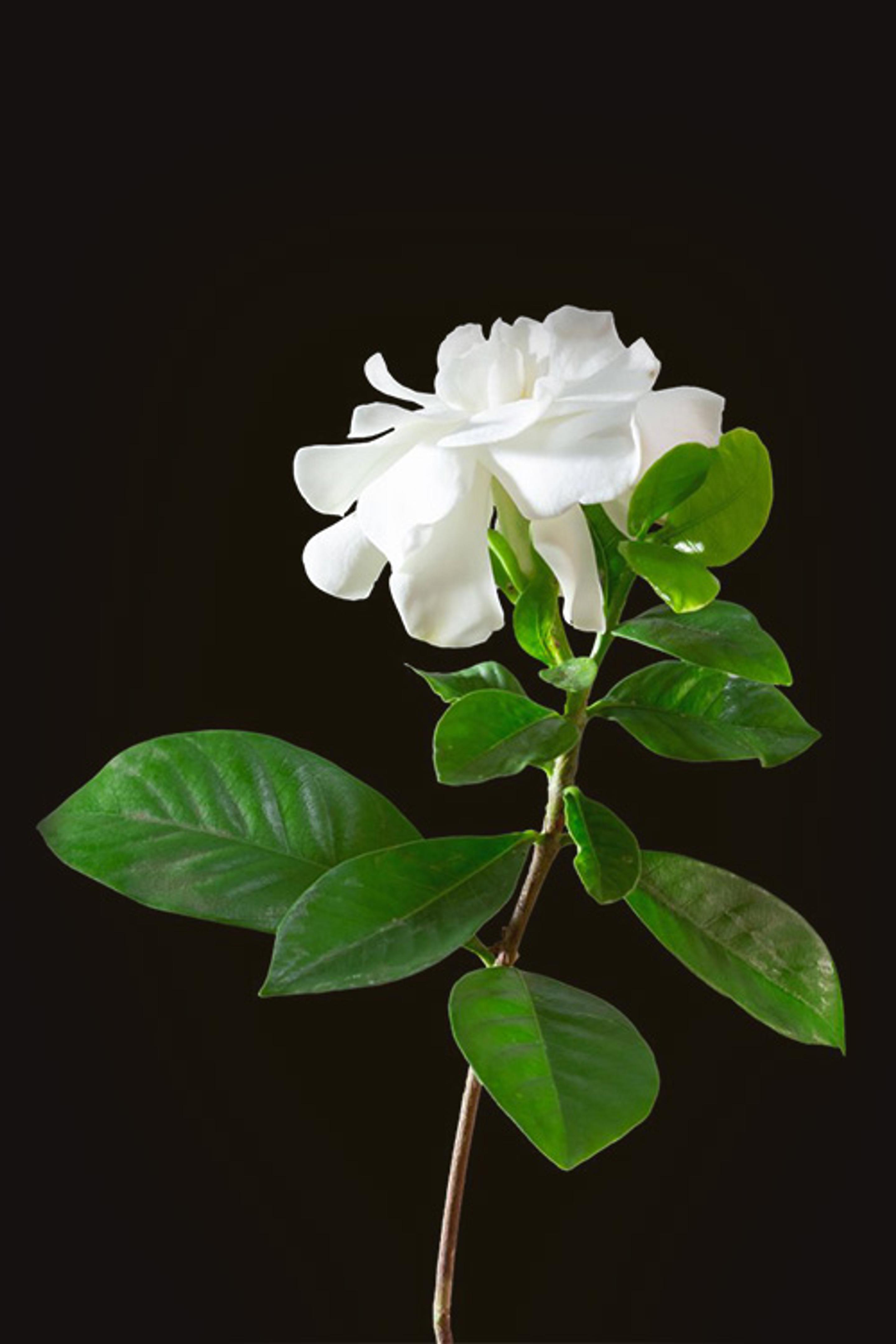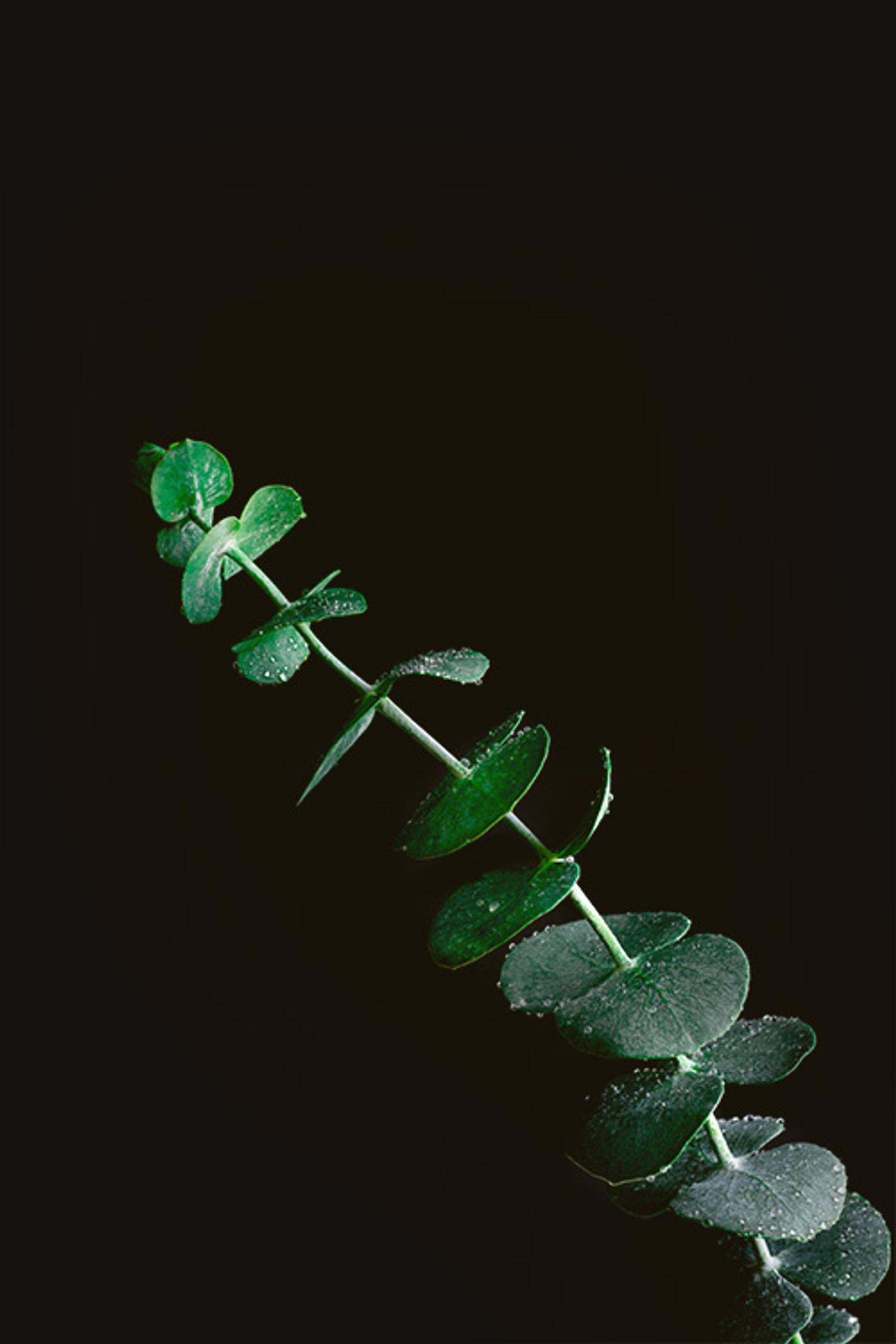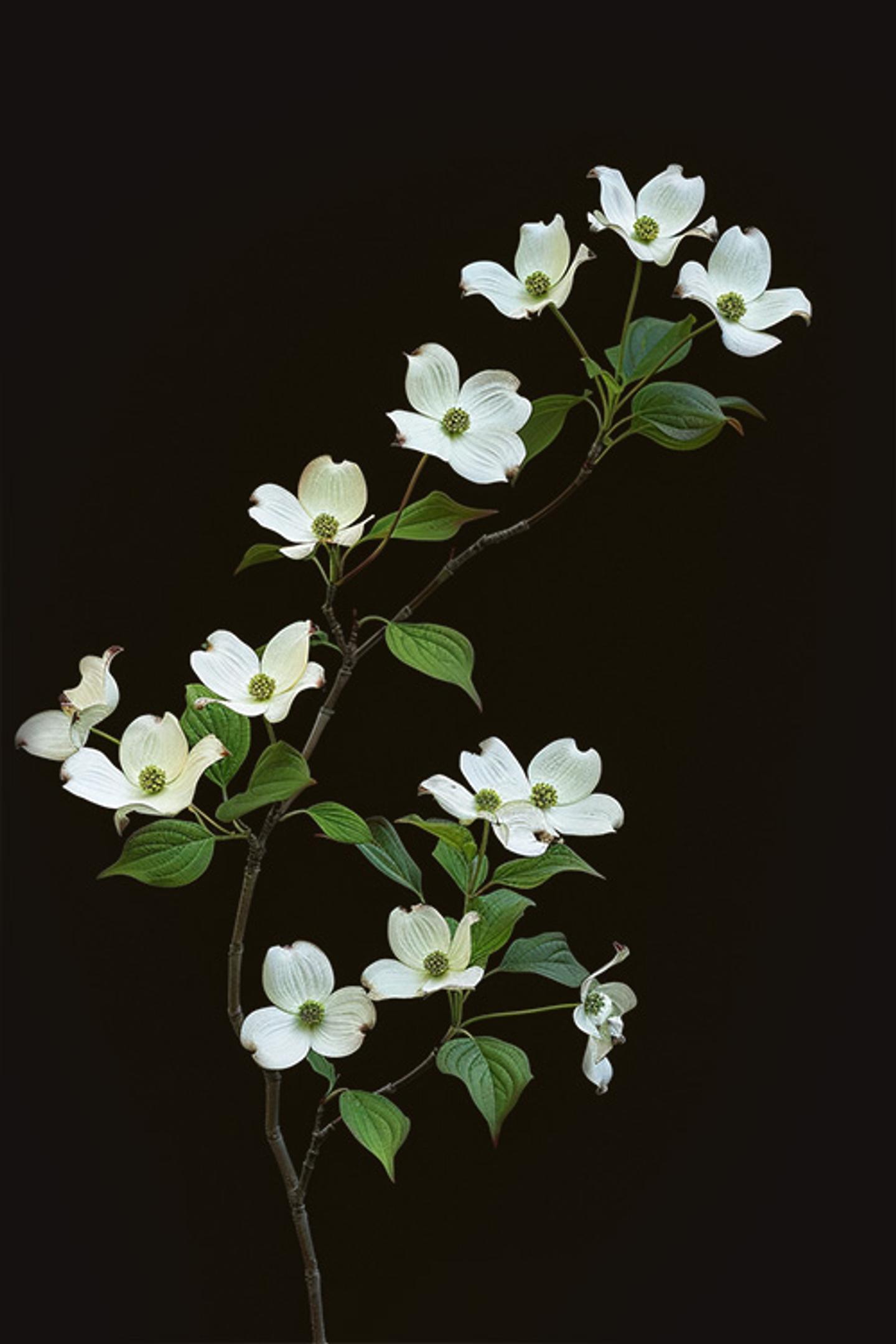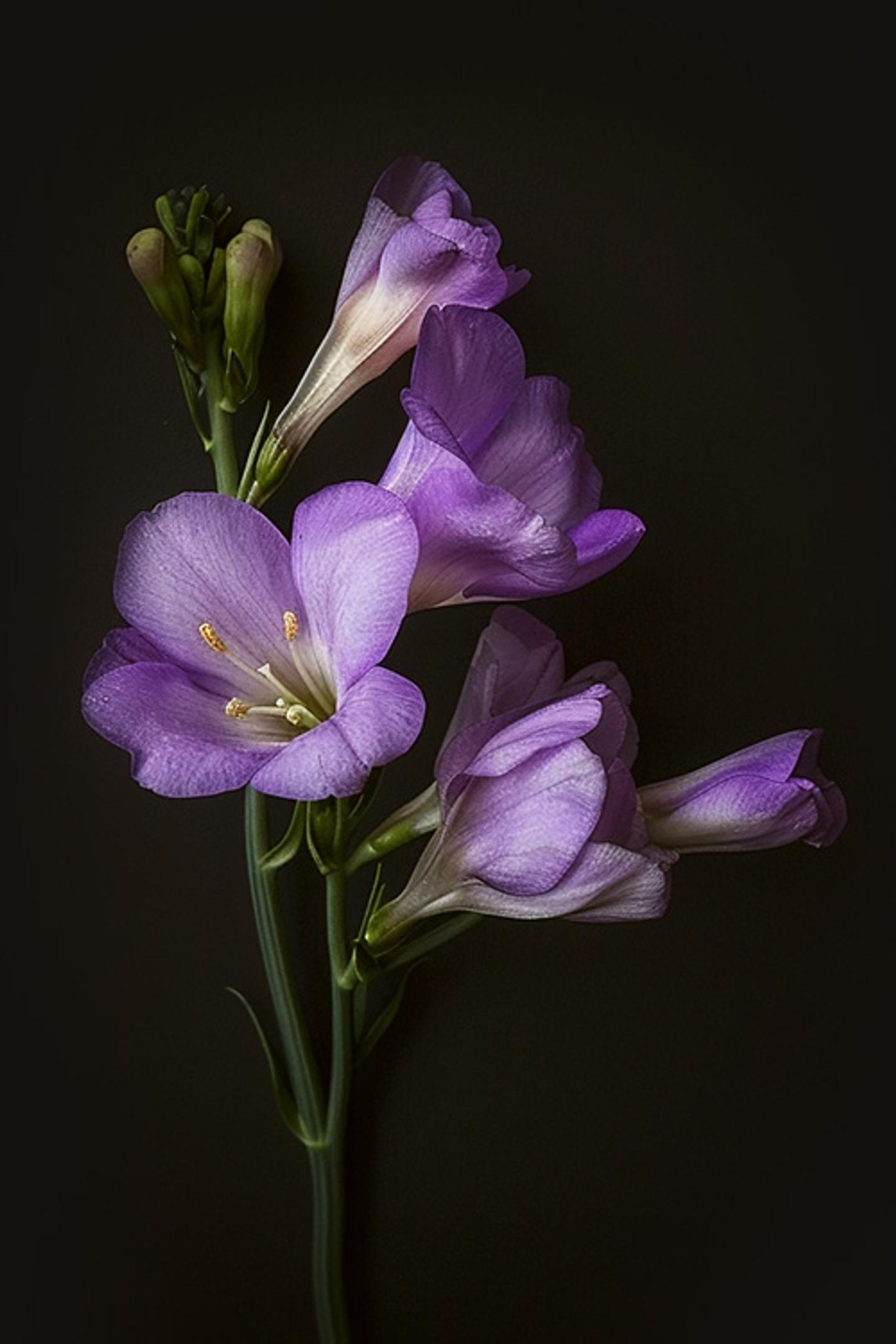Flower Meanings
Gardenia


The Meaning of the Gardenia
Discuss the meaning of the flower, per color, as needed. If there are multiple meanings, detail them here.
When you can’t say it with words, say it with flowers. While most flowers will do the job just fine, if you want to express your love and affection to someone but don’t want your identity to be known, the yellow gardenia is the flower for you! The yellow gardenia signifies undercover, private love.
The far more common white gardenia is a simple way to say “You’re enchanting.” But the symbolism of the white gardenia doesn’t stop there. The white gardenia also signifies purity and as anyone who has been to a wedding will know, they are almost always part of bouquets of floral decorations inside and outside of wedding venues. They bring a beautiful message of love and grace.
Other commonly associated meanings are:
- Trust
- Hope
- Purity
- Clarity
- Dreams
- Intuition
- Renewal
- Alignment
- Friendship
- Innocence
- Protection
- Self-Reflection [1]
Gardenia leaves have a shiny, waxy sheen to them—to some, this is symbolic of self reflection. Because gardenias discourage a lot of bugs from entering your garden, they also are symbolic of protection, and help alleviate negative feelings too!
Hope is another symbolic meaning of gardenias. These flowers symbolize believing in a new day and leaving the entire negative in the past. This flower reminds us to always look into the future and to never look back at the things that hurt us. We should only grow out of them and see them as lessons to make better choices in the future.
But wait, there’s more!
Gardenias are a symbol of trust and can be a beautiful gift for someone who means a lot to you. Send your partner a gardenia to express how much love and respect you have for him or her, and tell them that they have your complete trust, but maybe avoid sending some yellow ones which are symbolic of secret love.
What Does Gardenia Smell Like?
Gardenia scent is strong, powerful, and fresh. It’s known to be quite woody, feminine, and flowery, as well.
These blooms are pretty fragrant and often change their scent throughout the day. [7]

"Like the flower he’d given her just last month. “Look, Alice”- the stem had been green and fragile in his broad, strong hand- “the first gardenia of the season."
Kate Morton, The Lake House
The History of the Gardenia
Gardenias originate from Eastern Asia (China, Taiwan and Japan specifically) where they began to grow more than three centuries ago. In China, gardenias were used as a yellow color on fabric and food, and traditional Chinese medicine uses gardenias for the treatment of depression, anxiety, and infections.
In France, gardenias were a traditional flower for special occasions, and in England in the fourteenth century, it was considered good luck to give this flower to a man. In Pakistan, the gardenia is their national flower. Jazz singer Billie Holiday chose the gardenia flower for her trademark and wore gardenias in her hair every time she performed. Sigmund Freud’s favorite flower was the gardenia. We wonder what the deep rooted psychology behind that was! Gardenia flowers are used as decorations and in the production of perfumes.
Gardenias were named after the Scottish botanist, Dr. Alexander Gardner, who lived in Carolina in the United States at the end of the 18th century. This beautiful flower was named Gardenia in his honor, but the botanist who classified the genus was Carolus Linnaeus.
Chinese herbal medicine makes the most extensive use of the gardenia. Its Chinese name is zhi zi. The traditional medicinal actions attributed to gardenia include calming irritability; cooling blood and clearing away heat (a yin/yang imbalance often characterized by deficient yin); reducing swelling; and moving stagnant blood that has congealed in one place, usually following trauma. Gardenia is considered to be very effective as a hemostatic agent, which means that it stops bleeding; and also effective in treating injuries to the muscles, joints, and tendons. Gardenia is commonly used in Chinese herbal formulas to treat infections , particularly bladder infections; abscesses; jaundice ; and blood in the urine, sputum, or stool. Because of its perceived ability to ease agitation or irritability, it is also used in formulas to treat anxiety or insomnia . It is also helpful in correcting menopausal imbalances reflected in insomnia and depression , nervous tension, headache , and dizziness
The United States Department of Agriculture Agricultural Research Service phytochemical and ethnobotanical database lists the following species of gardenia as having specific medicinal properties:
- Gardenia gummifera. This species can be helpful in treating digestive problems, including dyspepsia and diarrhea ; or used as an astringent and expectorant for nervous conditions and spasms.
- Gardenia storckii. This variety can be used in treating constipation.
- Gardenia lucida. This gardenia has antiseptic properties that can kill both bacteria and insects.
- Gardenia pseudopsidium. This species has been used to treat smallpox.
- Gardenia jasminoides. This gardenia has been found to be helpful in the treatment of pain, nose bleeds, fever, and influenza; in healing wounds and reducing swelling; and in treating mastitis, hepatitis and the hematuria that accompanies bladder infection.
- Gardenia augusta. This variety has shown effectiveness in the treatment of headaches, fever, delirium, mastitis, and jaundice related to liver problems.
- Gardenia campanulata. This plant is used in healing wounds, burns, and scalds; in reducing swelling; as a treatment for fever and influenza; in treating jaundice associated with liver problems; and in stopping bleeding.
- Gardenia latifolia. This gardenia has been found effective in treating the bites of certain snakes.
The kernel within the gardenia berry is often removed for use in herbal poultices put on sports injuries such as sprains, pulled muscles, or inflammation of nerves. The use of gardenia poultices is particularly common in Chinese medicine. Traditional Chinese practitioners make a paste of the herb with flour and wine. The powdered berry is given in both decoctions and capsules. When gardenia is used to stop bleeding it is usually burned before it is simmered in water.
They’re beautiful and have been used in medicine, but should you eat them? Sadly, no. They are toxic to humans, dogs, cats and horses and can cause vomiting, diarrhea, and hives. Gardenia has laxative properties, and can cause loose stools when taken frequently or in large amounts.
Today there are over 200 different species of gardenia, mostly hybrid, in existence throughout the world. Gardenias are most prevalent in China, Japan, tropical regions of Southeast Asia and the Pacific islands, and South Africa. With proper conditions, gardenias grow into shrub-like bushes or small trees that can reach 5 ft (1.5 m) in height. [2]
DID YOU KNOW - Gardenia Fun Fact
As a part of tradition, French men wear gardenias as boutonnières.

How Gardenias Grow
Primarily found outdoors in the south due to their need for high humidity, and grown for their fragrant flowers and handsome foliage, gardenias are popular ornamental shrubs, which are known for their finicky needs.
Quick Gardenia Information and Care Tips
- Gardenias need high humidity.
- A loose, well-drained organic soil is recommended.
- For best results plant gardenias in full sun, partial shade, or shifting shade.
- Dig a hole twice the size of the root ball.
- Thoroughly mix one part soil and one part planting mix.
- Check that the top of the original root ball is slightly above the level of the surrounding soil.
- Take the soil mixture and make a gentle mound of soil sloping away from the plant so that the water drains away from the trunk.
- Remove any air pockets, if present.
- Water the plant with a root stimulator.
- Do not over-water gardenias.
- Fertilize with an acid fertilizer.
Most species of gardenias are very tender plants that require an average temperature of at least 60°F (28.9°C), sunlight with some protection, and just the right amount of humidity. They often survive better in greenhouses than outside. Most gardenias flower in the winter or early spring, and the blossoms are followed by the appearance of a large, yellowish-red, bitter-tasting berry that contain a crystalline compound called acrocetin.
The most commonly listed botanical species of gardenia include:
Gardenia jasminoides. This species is the most common. It reaches heights of 2 ft (61 cm) and grows into a tall bushy green shrub that produces white, highly fragrant flowers. G. jasminoides is a native of China, and the gardenia most commonly used in Chinese herbal medicine. Its name comes from the fact that it was first introduced to the Western world from Cape Colony in Africa, and the aroma of its large white flowers was said to be very like the scent of jasmine.
Gardenia jasminoides fortunata. This plant is a hybrid version of G. jasminoides that is more hardy.
Gardenia nitida. This gardenia is a slightly taller plant that grows up to 3 ft (93 cm) and also produces white blossoms.
Gardenia radicans floreplena. This species is a low spreading dwarf variety from Japan that grows only to heights of 18 in (46 cm), and has double-blossomed flowers.
Gardenia thunbergia. This gardenia grows to 4 ft (1.2 m) and is often cultivated in American greenhouses. It is found as both tree and shrub, and has white flowers with long tube-like necks.
Gardenia rothmania. This plant is also a particular favorite of American botanists, but does not survive well in North America outside of a greenhouse. It also exists as both trees and shrubs, and has pale yellow flowers with short, tube-like necks and purple markings.
As for outdoor gardenia care, (if you are in a perfect climate for them) you should keep in mind that when gardenias are grown outdoors, they generally prefer to be kept in partial shade. Gardenias also prefer moist, but well-drained acidic soil with plenty of organic matter. Water gardenias regularly, even once the plant has finished putting out blooms. Prune the gardenia bush after flowering stops, and remove spent blooms and untidy branches. Healthy gardenias are better able to withstand winter weather, and with luck, will come back stronger in the following spring. [4]
Indoor Gardenia Care
The gardenia plant can also be successfully grown in containers and treated like houseplants indoors. However, when growing a gardenia bush indoors, you must keep in mind that it requires bright light and high humidity. If you happen to be fortunate enough to have a solarium or sunroom, that might just do the trick, especially if it is properly insulated and can stay warm like a greenhouse.
The dry, short days of winter will likely be the most troublesome, especially if the gardenia bush is not given enough humidity. Moving plants to southern-facing windows and/or supplementing them with grow lights are good ways to improve light conditions during winter.
High humidity is essential to indoor gardenia care. Dry air will quickly cause the flowers to begin dropping from the plant. There are several ways to increase humidity in the home, including the use of a humidifier or grouping plants together on trays of wet pebbles. Misting the gardenia plant is not recommended, as this may cause problems with fungal leaf spot.
The soil, which should be loose and organic, should be kept moist, but take care not to overwater. Monitor the soil frequently for moisture, and water thoroughly as the top inch of soil dries. The gardenia plant should also receive cooler nighttime temperatures and warmer daytime temperatures.
When to Fertilize Gardenias
Gardenias require frequent fertilizing to ensure healthy plant growth. Fertilize monthly between April and November using fertilizer that is specifically formulated for acid-loving plants. Be careful not to over fertilize gardenia plants. Too much fertilizer can lead to salt accumulation, which can damage the shrub. Do not fertilize gardenias in the fall, which can stimulate growth. This tender, new growth will quickly die when exposed to cold winter temperatures.
DID YOU KNOW - Gardenia Fun Fact
If water touches gardenia flowers, the flowers will turn a coffee colored brown.

How to Care for Gardenias
How to Cut Flowers from Gardenia Bushes and Care for Cut Gardenias
There aren’t many flowers that come close to the pungency of gardenias in your garden. In fact, the fragrance can be overpowering when you plant more than one gardenia bush in a small area. Cut gardenias have a short vase life, but with good cutting techniques you can make them last a little longer. The shrubs are hardy in U.S. Department of Agriculture plant hardiness zones 8 through 10.
1. Cut gardenia stems early in the morning or late in the evening, using sharp shears. Look for stems with flowers that are almost completely open because they will continue to open in the coming days after they’re cut. When you cut gardenia stems, cut them at least 2 inches longer than you will need for your vase. Don’t worry too much about the angle of the cut yet, once you get them inside they will each end up getting snipped again.
2. Peel or scrape the bark from the lower 2 inches of the stem with a sharp knife. Split the bottom stem in half vertically (make a 2 inch notch like you were making your own bow and arrow) by making a 2-inch cut upward from the bottom of the stem. This gives the stem more surface from which to absorb water.
3. Wrap the stems and flowers in several layers of newspaper, leaving just the lower 2 or 3 inches of stem exposed. Dip the tips of the stem in really hot water for 30 seconds, and then plunge them in cold water for a few minutes.
4. Add flower food to your vase of water, add the flowers, arrange them as you like, and then, voila! A homegrown gardenia arrangement to perfume your home. [6]
Now that your gardenia vase arrangement is set up, you might be wondering, how do I care for them? Follow the next steps to keep your flowers looking fresh for up to a week.
1. Once every couple of days, remove the arrangement from the vase and lay the flowers and foliage gently on a table. Try not to touch the gardenia petals, which may bruise or fall out easily.
2. Empty the vase of all water and rinse it out well. Please don’t use any soap! Refill the container half full of cool water and add a single packet of flower preservative powder to the water.
3. Fill a sink with 4 to 5 inches of cool water. Hold the cut end of a gardenia stem under the water and cut off 1/4 to 1/2 inch of the stem with sharp scissors. Place the freshly cut gardenia immediately into the vase containing the fresh water. Repeat the process with each gardenia.
4. Place the vase in the coolest area of the home or office, away from all heat sources, to extend the life of the blooms. Provide bright light, such as near a west-facing window, but do not allow the sun’s rays to fall directly on the arrangement.
5. Fill a spray bottle with cool water and mist the leaves of the gardenia at least once or twice per day. Do not mist the flowers with water, because this can make them discolored. [6]
When to Send Gardenias as a Gift
Gardenias are widely used as exotic ornamental flowers in corsages, as houseplants, and in some regions, as outdoor plants. Give gardenias to anyone who is taking a step forward in their life, whether a new giant step into the future and beginning something new. Gardenia flowers are symbols of renewal in a romantic way especially, because their entire symbolism is linked to love and the feelings we have towards our partners.

References:
- 1 - Flower Meaning
- 2 - Enyclopedia.com
- 3 - Arena Flowers
- 4 - Gardening Knowhow
- 5 - Ten Random Facts
- 6 - Home Guides
- 7 - Garden Fine
Flower Meanings — keep discovering

Eucalyptus
Whether you like them in the form of your favorite oil pouring out of a defuser on a relaxing night in, a calming perfume, a silky smooth sleepy-time lotion, or standing tall in a vase in your kitchen, who doesn’t love eucalyptus!?

Flowering Dogwood
We all get that little tingle of excitement as we start to see the budding of the flowering dogwoods. They symbolize the end of a long, cold winter and the beginning of a fresh spring. But that’s not all they symbolize…

Forget Me Nots
Next time you need a bouquet, don’t forget about forget-me-nots! A delicate but beautiful flower, with a storied past, and rich with symbolism.

Freesia
The sweet smell of spring! These blooms may be dainty, but don’t let that fool you! We’re talking about freesia!

Eucalyptus
Whether you like them in the form of your favorite oil pouring out of a defuser on a relaxing night in, a calming perfume, a silky smooth sleepy-time lotion, or standing tall in a vase in your kitchen, who doesn’t love eucalyptus!?

Flowering Dogwood
We all get that little tingle of excitement as we start to see the budding of the flowering dogwoods. They symbolize the end of a long, cold winter and the beginning of a fresh spring. But that’s not all they symbolize…

Forget Me Nots
Next time you need a bouquet, don’t forget about forget-me-nots! A delicate but beautiful flower, with a storied past, and rich with symbolism.

Freesia
The sweet smell of spring! These blooms may be dainty, but don’t let that fool you! We’re talking about freesia!
Ready to send beautiful flowers?
Our guided experience helps you send a one-of-a-kind arrangement perfect for every occasion.
Send Flowers